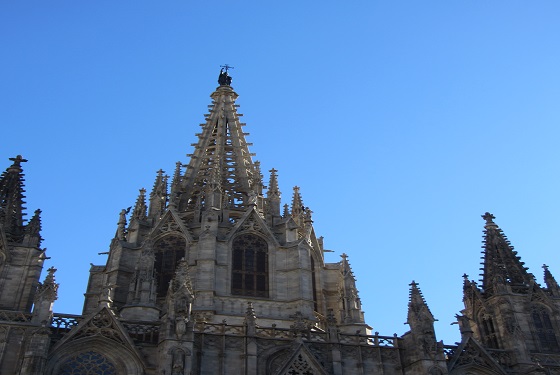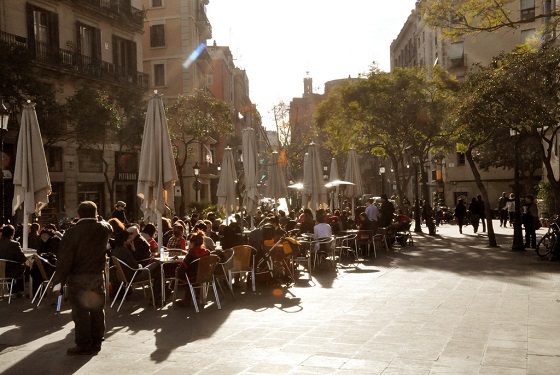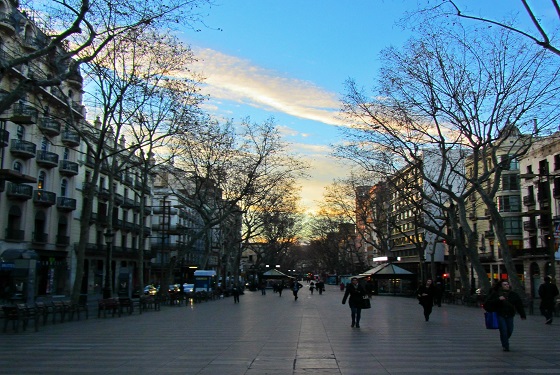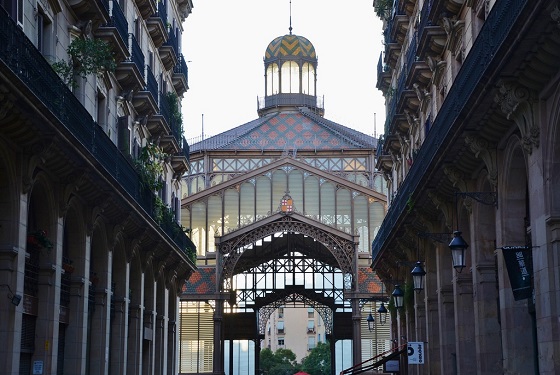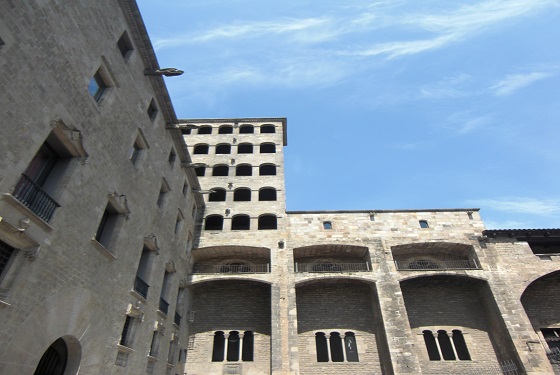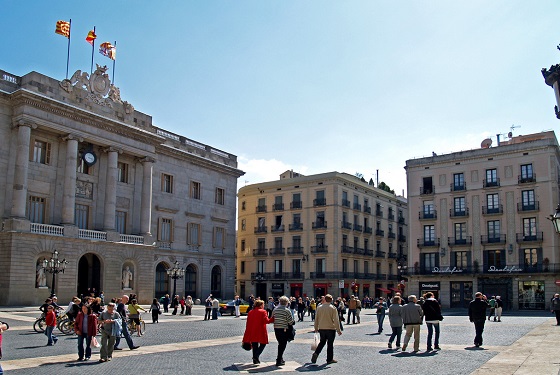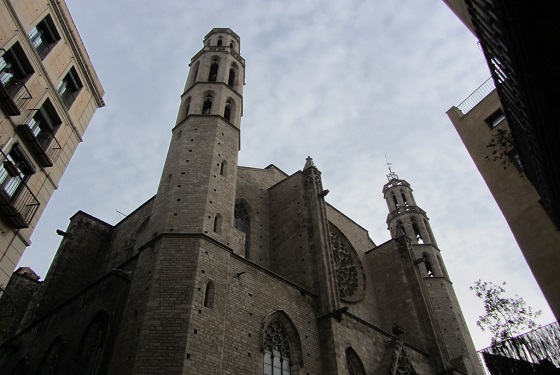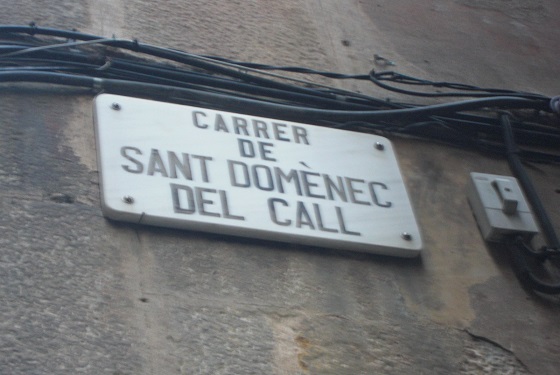A car-free city tour to the transportless realms of Barcelona on a pre traffick jam session into Jewish history and roman remains following the narrowest European medieval gothic cobblestone trail. A city historian walks back to the human character of the Catalonian capital to uncover the living breathing and starkly visible timeline of never-ceasing megalopolis on a bracing stroll ideally suited to the short-term weekend wanderer. A well-read classical walk pioneered by Eric Arthur Blair covers the well-known las Rambla and fresh fruit from the iron-framed Boqueria market for a welcoming basket of inclusive central city viewing.



Points of Interest
Includes
Route
How it works
Available all year.
Flexible starting time.
Portuguese, Dutch, Norwegian, Swedish, Arabic, Hebrew, Turkish, Catalan and, Spanish.
If the desired language is not mentioned, please contact us directly under info@safejourneybarcelona.com.
Meet & greet by a personal guide at the location of choice.
info@safejourneybarcelona.com in advance.



